Orthopedic Conditions
10 Signs When You Need to Consult an Orthopaedic!
7 min read
By Apollo 24|7, Published on - 06 July 2022, Updated on - 18 October 2022
Share this article
0
16 likes
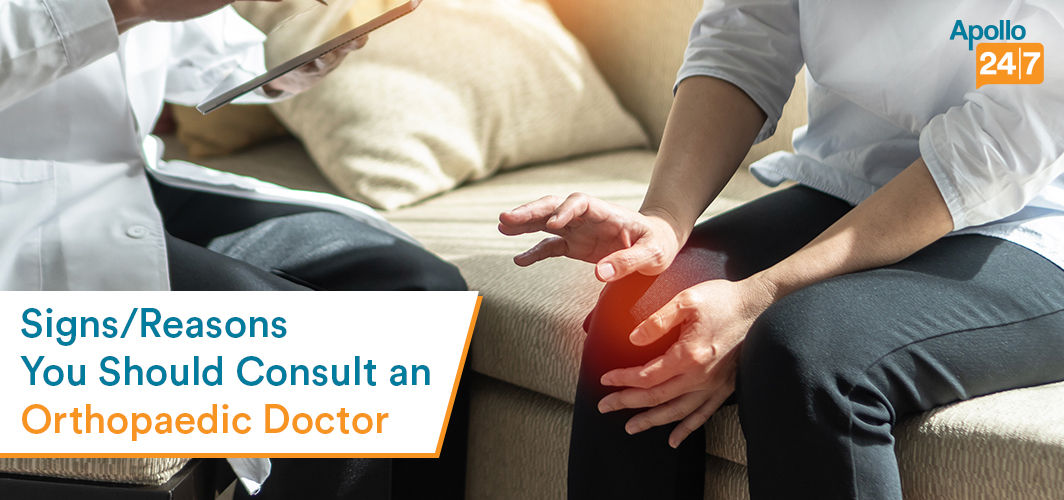
Most of us feel that musculoskeletal-related problems will heal on their own, and we are often reluctant to visit or take advice from a doctor. But did you know the skeletal system includes 206 bones and joints in the body which are complex? If just one of them is not functioning properly, one could be in a state of constant pain and discomfort.
Furthermore, if not treated on time and by a specialist (orthopaedic), even simple activities and everyday tasks may seem challenging. Hence, know a few prominent signs that may indicate a need to see a doctor at the earliest.
10 Symptoms When You Should Consult an Orthopaedic Doctor [Orthopaedic Surgeon]
In case you or your family members are suffering with any of the following symptoms or conditions, it is advised to consult an orthopaedic doctor or orthopaedic surgeon near you.
1. Back pains

Back pains are common and can affect people of all ages. It is reported that 80 % of the population, from adolescents to the elderly, experience lower back or upper back pains. Mild back pains can be attributed to factors of daily life, such as sitting too long, standing in the kitchen, lifting weights, or overdoing exercises.
However, suppose the back pain is persistent, chronic, getting worse, losing bladder or bowel control, and causing muscular weakness in your legs. In that case, one should not ignore and seek help from an orthopaedic doctor to avoid further aggravation and severe conditions.
2. Difficulty in climbing stairs
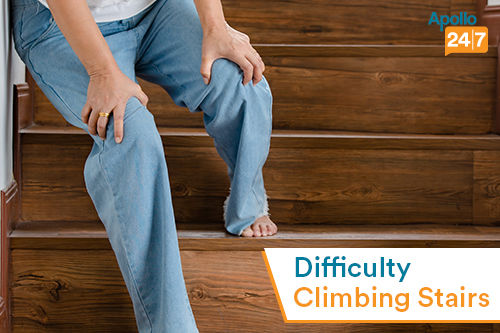
Most people with knee problems find it difficult to climb and descend stairs. Difficulty in ascending and descending from stairs is mainly a sign that there is damage to knee joints, mainly due to arthritis which causes degeneration of the cartilage that cushions the knee joints. While self-reported difficulty in climbing stairs is also associated with hypertension (high blood pressure), depressive symptoms, arthritis, poor balance, and grip strength. But research suggests that even mild arthritis and loss of protective cushioning in the knee joints can make stair climbing highly challenging.
Hence, if you suffer from slight pain or discomfort while ascending or descending from the stairs, consult an orthopaedic doctor and take measures before the pain intensifies.
3. Increasing neck pain
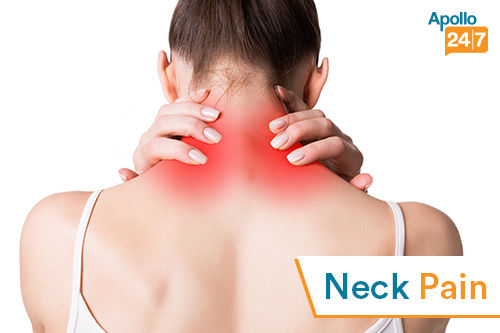
Overexhertion, such as too many hours of computer work and smartphone use, can strain neck muscles and cause neck pain which can be treated at home with rest and mild pain-relievers.
However, if your neck pain persists for many days, and is accompanied by headache, numbness, or loss of strength in your arms, hands, and pain in your shoulder, then seek a doctor’s help at the earliest. Osteoarthritis (bone spurs), rheumatoid arthritis, and herniated disks (nerve compression) are few leading causes of increased and persistent neck pain. Rarely, but a neck problem can be a symptom of more severe conditions such as meningitis and cancers too.
4. Shoulder pain
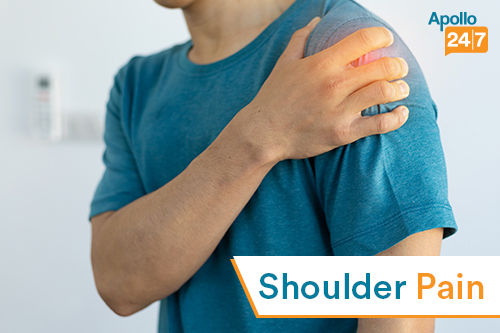
The shoulder joint allows movement in many directions, such as backward, circular, and forward. However, shoulder pains can be caused due to overuse, repetitive motions, or post-traumatic injuries. The most common cause of shoulder pain is shoulder bursitis (inflammation of tiny sacs, called bursae), osteoarthritis, rheumatoid arthritis, or frequently dislocated shoulder. Usually, an orthopaedic doctor helps you address shoulder flexibility problems and regain functionality.
One is highly recommended to consider treatment if the shoulder joint is unstable, one experiences trouble raising the arm, and swelling in the shoulder region along with redness.
5. Swollen joints
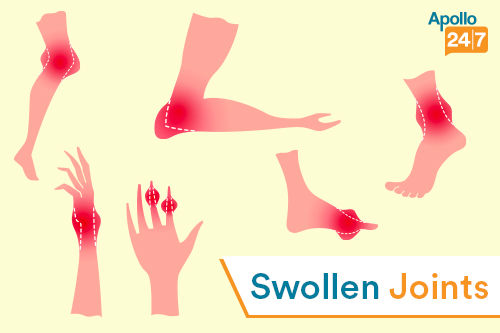
Soft tissues around joints, and swelling occurs when fluid accumulates in the tissues. Swollen joints can result from bacterial infections, injuries, or chronic arthritis, emphasising reactive arthritis. Reactive arthritis is a type of inflammatory arthritis which causes swollen joints, primarily affecting the knees and ankles. Other reasons that cause swollen joints are gouts, osteoarthritis, psoriatic arthritis, and septic arthritis. Rarely, but the other reasons could be hypothyroidism (underactive thyroid), rheumatic fever, and ankylosing spondylitis.
Hence, one needs to consult a specialist, particularly if experiencing swollen joints in the fingers, knees, elbows, ankles, hips, along with fever and discomfort.
6. Sprained ankle
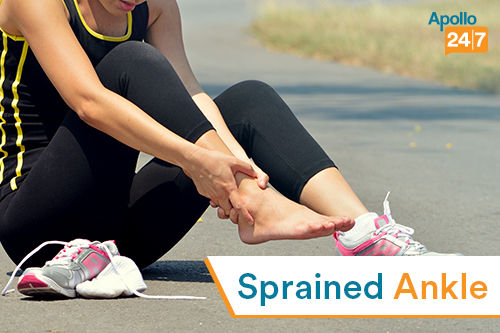
A sprained ankle occurs when the ligaments supporting the ankle are torn or damaged. Although ankle sprains are common injuries caused while walking, running, jogging with specific reference to twisting of the ankle, especially while participating in sports activities. They can cause debilitating pain and lead to long-term conditions such as post-traumatic arthritis if proper treatment is not taken.
Orthopaedics, physiotherapists, and trained sports medicine doctors help patients restore and return to normal activities within 6 to 12 weeks, depending upon the severity of ligament tear, ankle instability, tenderness and swelling in the ankle. In addition, non-steroidal medications, soft footwear and ankle supports are recommended to prevent repeat sprains and ankle instability.
7. Wrist pain
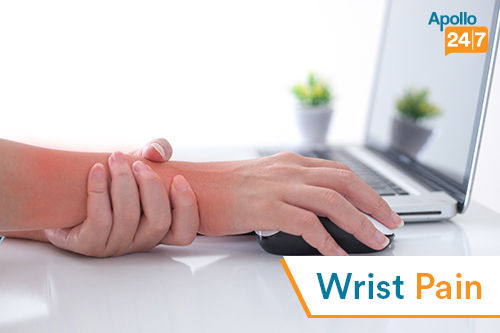
Wrist pain is characterised by swelling and discomfort in the wrist primarily caused due to carpal tunnel syndrome, wrist injuries, arthritis, and gouts. Majorly the swelling of the wrist causes the compression of the median nerve, which causes pain and discomfort in one or both the wrist. It is recorded to be more prevalent in people who undertake physically demanding repetitive activities, including labourers, sportspersons, gardeners, and people who type without being ergonomically aligned with the laptop/computer.
Hence it is recommended to consult a doctor promptly if you have severe wrist pain or trouble moving the wrist without any injury.
8. Elbow pain

Elbow pain is often caused by the overuse of the forearm or injury caused while playing certain sports such as tennis, weight lifting, and other racquet sports. It is also known as tennis elbow or golfer’s elbow.
The other causes of elbow pain can be nerve entrapment or bursitis (inflammations of the tiny sacs). Usually, people experiencing elbow pain also experience trouble lifting or bending their arms. There is also a dull ache, lack of strength in the shoulder muscles, weak grip, and prominent soreness in the elbow bump.
Note that if diagnosed and treated in time, 90% of people can recover within 12 months with effective treatment and mild painkillers to regain arm flexibility and prevent recurring elbow pain.
9. Bone pain
Bone pain is extreme discomfort in one or more bones, it differs from muscle and joint pain. The primary reason for bone pain can be osteopenia (low bone mass), osteoporosis (brittle bones), mineral deficiencies, injuries, cancers, or diseases that disrupt the blood supply to bones and bone tissues.
The significant signs of bone pain are decreased range of motion, persistent pain even while resting, stooped posture, loss of height over time, fatigue, and unexplained weight loss. Bone pain may occur during pregnancy, too, referred to as pelvic-related pelvic girdle pain (PPGP).
Rarely, bone pain is also associated with leukaemia and osteomyelitis (bone infection). Hence, one must not ignore bone pains and consult with a specialist at the earliest.
10. Hairline fractures
A hairline fracture, also known as a stress fracture, is a thin crack in the bone caused due to sudden injuries or repetitive actions which cause gradual microdamage in the bones. It causes dull pain and, at times, can go unnoticed until the damage aggravates. In general, sportspersons and people with osteoporosis are at risk of developing hairline fractures. With particular reference, bones of the foot and leg are prone to hairline fractures such as the second and third metatarsals.
The most prominent sign of hairline fractures is pain which worsens with activity along with swelling. However, if detected early, the hairline fractures can heal independently within a few days with rest and medications. But if left undetected, the swelling, pain, and tenderness worsen over time, leading to delayed healing.
Takeaway
Injuries, back pain, knee pain, wrist pain, bone pain, and weakening of bones can occur due to various reasons. While some injuries are minor, on the contrary, some conditions may progress quickly, hindering day-to-day activities, and causing debilitating pain. Hence, if you are experiencing any signs or symptoms, consult an orthopaedic doctor, who is specialised in diagnosing, treating musculoskeletal conditions, and further preventing the progression of orthopaedic problems without any further delay.
Connect Today With the Best Orthopaedic Doctor Near You!
Medically Reviewed By Dr. Dhanunjay Reddy B
Orthopedic Conditions
Leave Comment
Recommended for you

Orthopedic Conditions
Does COVID-19 Infection Have a Long-term Effect on Bone Health?
People who have recovered from COVID-19 are experiencing bone-health deterioration with difficulty in walking and higher incidences of fractures as the primary warning signs.

Orthopedic Conditions
How Smoking Affects Musculoskeletal Health
Smoking is detrimental to musculoskeletal health and people may experience lower back and joint pains without realizing that smoking could be one of the causes.
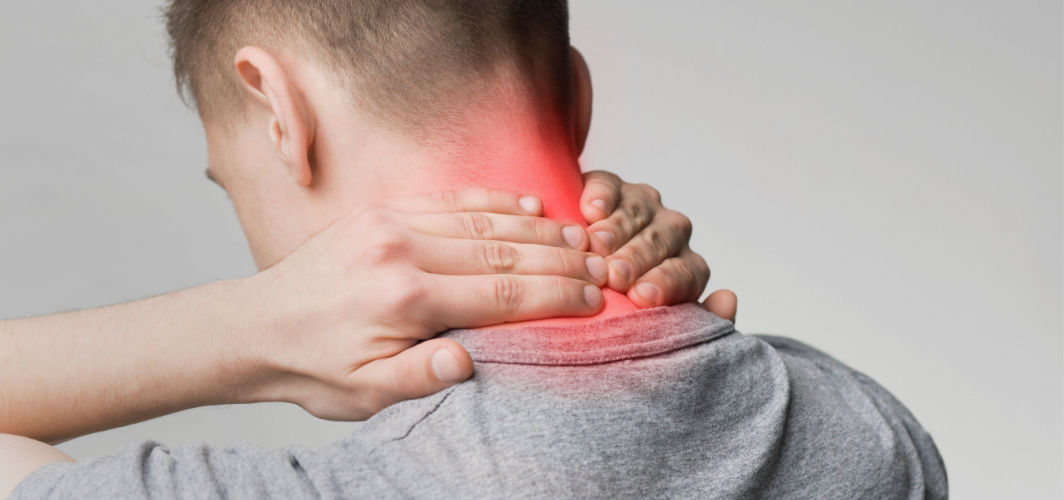
Orthopedic Conditions
Neck Rotation To Shoulder Shrugs, 7 Effective Exercises For Neck Pain Relief
Neck pain exercises are meant to alleviate pain and discomfort in the neck and shoulder area. These exercises can improve flexibility and strength of the neck and shoulder muscles, thereby, preventing future neck pain.
Subscribe
Sign up for our free Health Library Daily Newsletter
Get doctor-approved health tips, news, and more.
Visual Stories

10 Foods That Are Unhealthy for Your Bones
Tap to continue exploring
Recommended for you

Orthopedic Conditions
Does COVID-19 Infection Have a Long-term Effect on Bone Health?
People who have recovered from COVID-19 are experiencing bone-health deterioration with difficulty in walking and higher incidences of fractures as the primary warning signs.

Orthopedic Conditions
How Smoking Affects Musculoskeletal Health
Smoking is detrimental to musculoskeletal health and people may experience lower back and joint pains without realizing that smoking could be one of the causes.

Orthopedic Conditions
Neck Rotation To Shoulder Shrugs, 7 Effective Exercises For Neck Pain Relief
Neck pain exercises are meant to alleviate pain and discomfort in the neck and shoulder area. These exercises can improve flexibility and strength of the neck and shoulder muscles, thereby, preventing future neck pain.